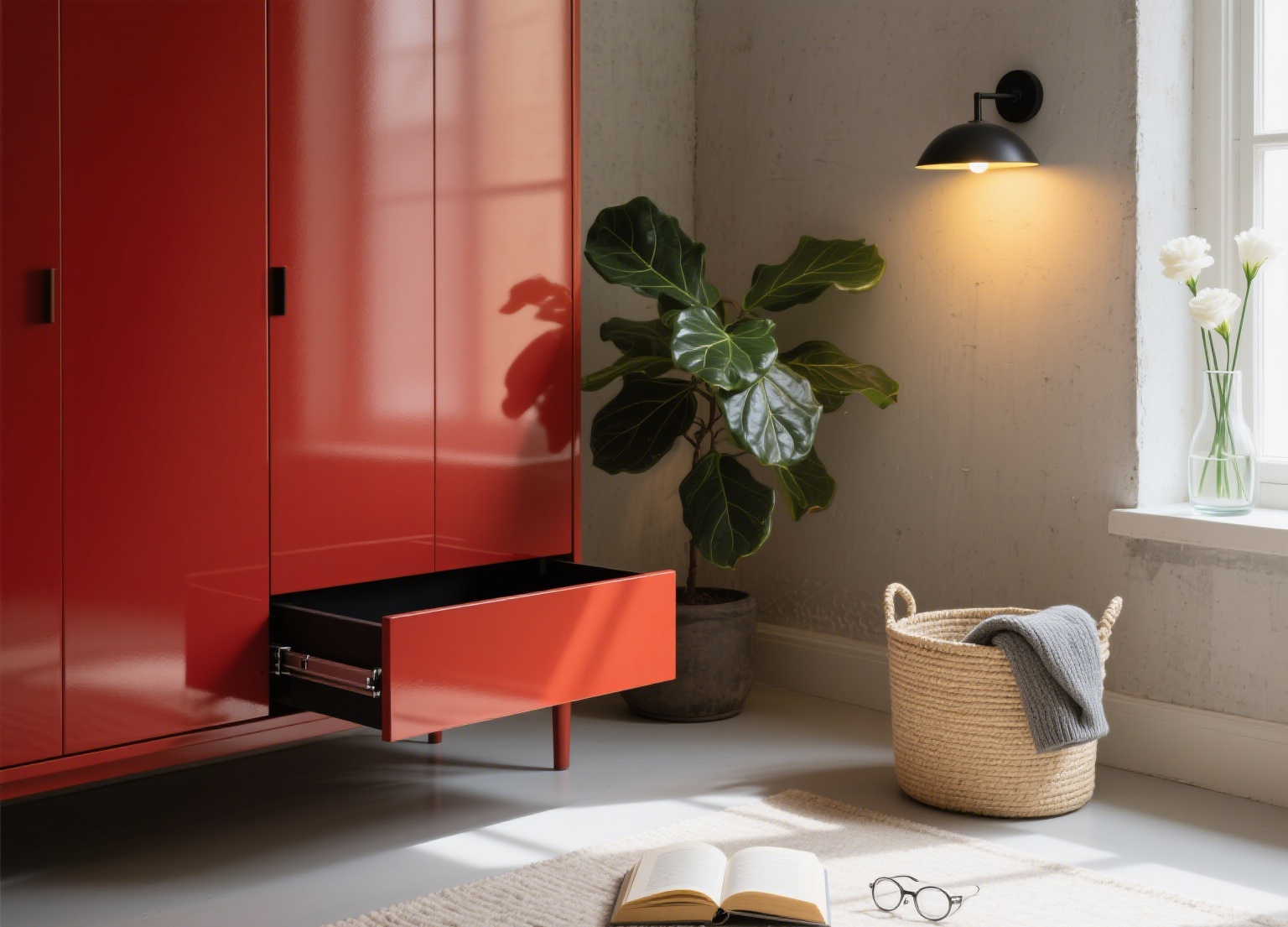When it comes to upgrading your cabinets or building custom furniture, one of the most critical components you’ll need to get right is the drawer slide. Whether you’re a DIY enthusiast or a professional craftsman, choosing the correct size and type of ball bearing drawer slide ensures smooth operation, long-term durability, and optimal functionality. However, with so many options on the market, selecting the right slide can be overwhelming. This guide will walk you through everything you need to know about measuring and sizing drawer slides correctly.
1. Understand the Types of Drawer Slides
Before measuring, it’s essential to understand the different types of drawer slides available:
- Side-Mount Slides: These are the most common and are attached to the sides of the drawer and cabinet. They are ideal for standard drawers and offer good load capacity.
- Undermount Slides: Installed underneath the drawer, these provide a clean, hidden look and allow the drawer to open fully. They are often used in high-end cabinetry.
- Center-Mount Slides: Mounted in the center of the drawer bottom, these are less common but useful for specific applications.
- Soft-Close vs. Standard: Soft-close slides automatically close the drawer gently, preventing slamming. Standard slides require manual closing.
Knowing the type you need will influence how you measure and install the slides.
2. Measure the Existing Drawer (If Replacing)
If you’re replacing old slides, start by removing the drawer and measuring the existing slide:
- Length: Measure the slide from end to end when fully extended. Common lengths are 10″, 12″, 14″, 16″, 18″, 20″, 22″, and 24″.
- Note: The slide length should match the depth of your cabinet or drawer box. For example, a 20″ slide is designed for a 20″ deep cabinet.
3. Measure a New Drawer (If Building from Scratch)
If you’re building a new cabinet or drawer, follow these steps:
- Step 1: Measure Cabinet Interior Width Use a tape measure to determine the inside width of the cabinet opening. Measure at the top, middle, and bottom, as cabinets can be slightly out of square.
- Step 2: Measure Cabinet Interior Depth Measure from the back of the cabinet to the front edge. This will determine the slide length you need. Subtract about 1 inch if you want the drawer to stop slightly before the cabinet front (standard inset), or match the depth exactly for full-extension slides.
- Step 3: Determine Slide Type and Mounting Clearance Check if there’s enough space on the sides, bottom, or center of the drawer for your chosen slide type. For side-mount slides, ensure the drawer sides are flat and wide enough (typically 0.5″ to 0.75″ clearance per side).
4. Consider Load Capacity and Extension Type
- Load Capacity: Check the weight the drawer will carry. Light-duty slides (50–75 lbs) suit small drawers, while heavy-duty slides (100+ lbs) are for kitchen drawers or tool cabinets.
- Extension Type:
- Partial Extension: Drawer extends about 75% of its length.
- Full Extension: Drawer slides completely out, allowing access to the back.
- Overtravel Extension: Drawer extends beyond the cabinet depth for maximum access.
5. Double-Check Before Buying
- Always measure twice.
- Confirm compatibility with your drawer material (wood, metal, etc.).
- Check if the slide includes mounting brackets or requires separate hardware.
Conclusion
Choosing the right drawer slide size isn’t just about fit—it’s about performance and longevity. By accurately measuring your cabinet and understanding your needs, you can select the perfect ball bearing slide for smooth, reliable operation. Whether you’re installing in a kitchen, office, or industrial setting, the right slide makes all the difference.
For high-quality, precision-engineered ball bearing drawer slides, explore our full product range today and upgrade your furniture with confidence.
